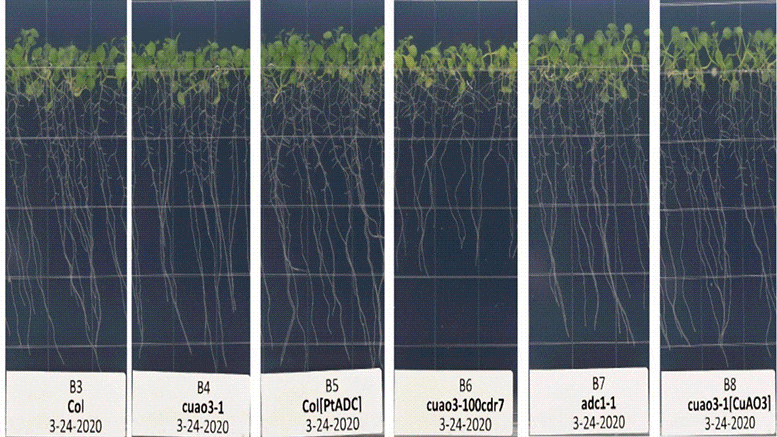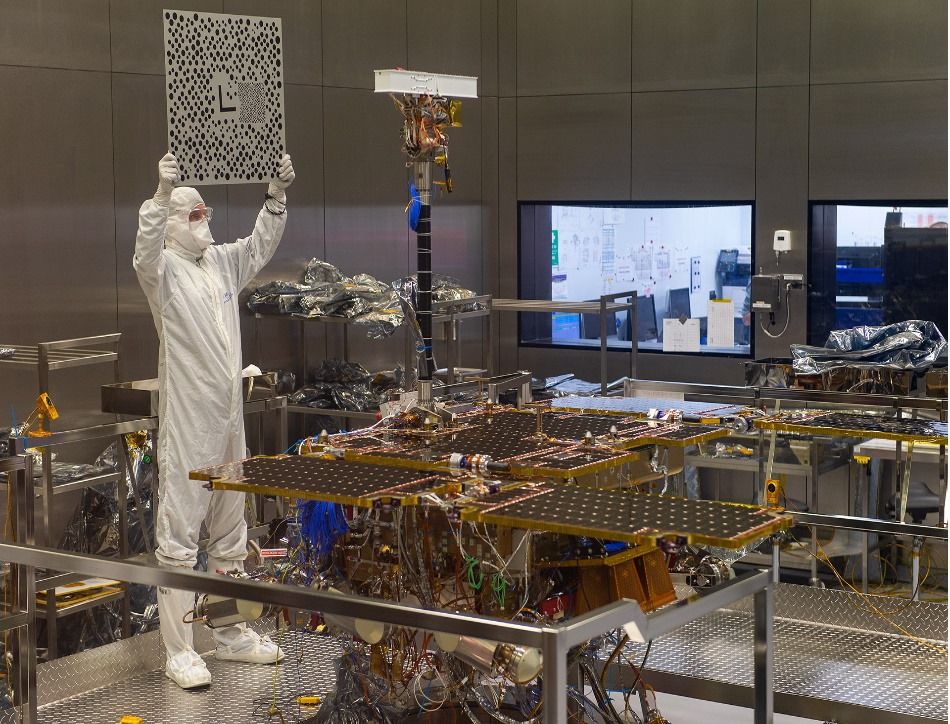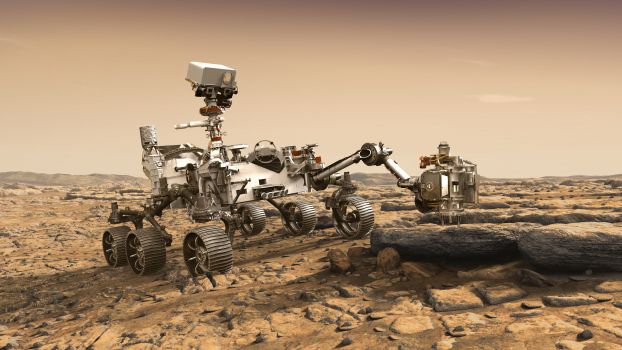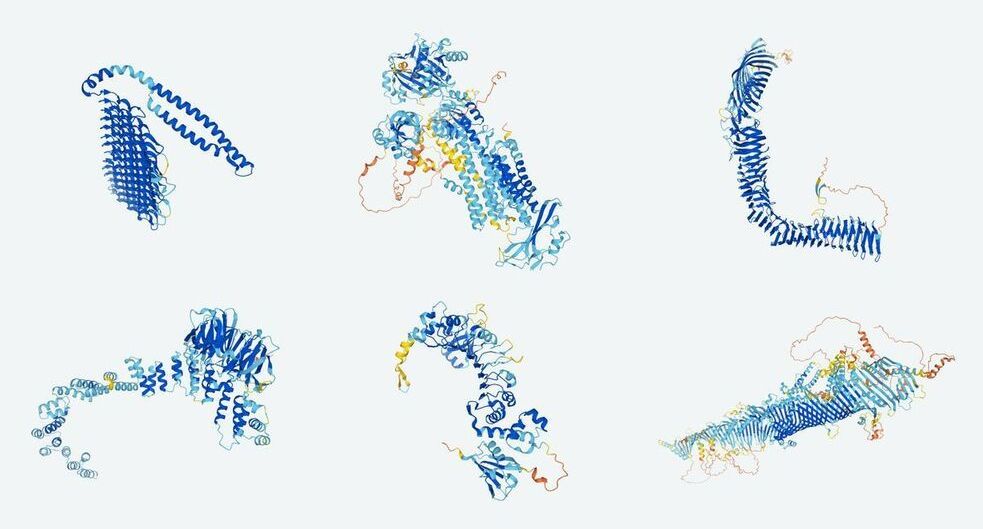A new book, published this week, explains where aging research is heading – and what you can do today to extend your healthspan. https://www.futuretimeline.net/.…/28-the-science-and…
Editorial reviews.
“A very compelling book.” —Ray Kurzweil, inventor and futurist.
“Being alive and healthy is the greatest joy that exists, and there has never been a better time to be alive than today. This book is going to open your mind to just how real and close-at-hand the ambition of defeating death is!” —Peter Diamandis, founder of the XPRIZE Foundation.





